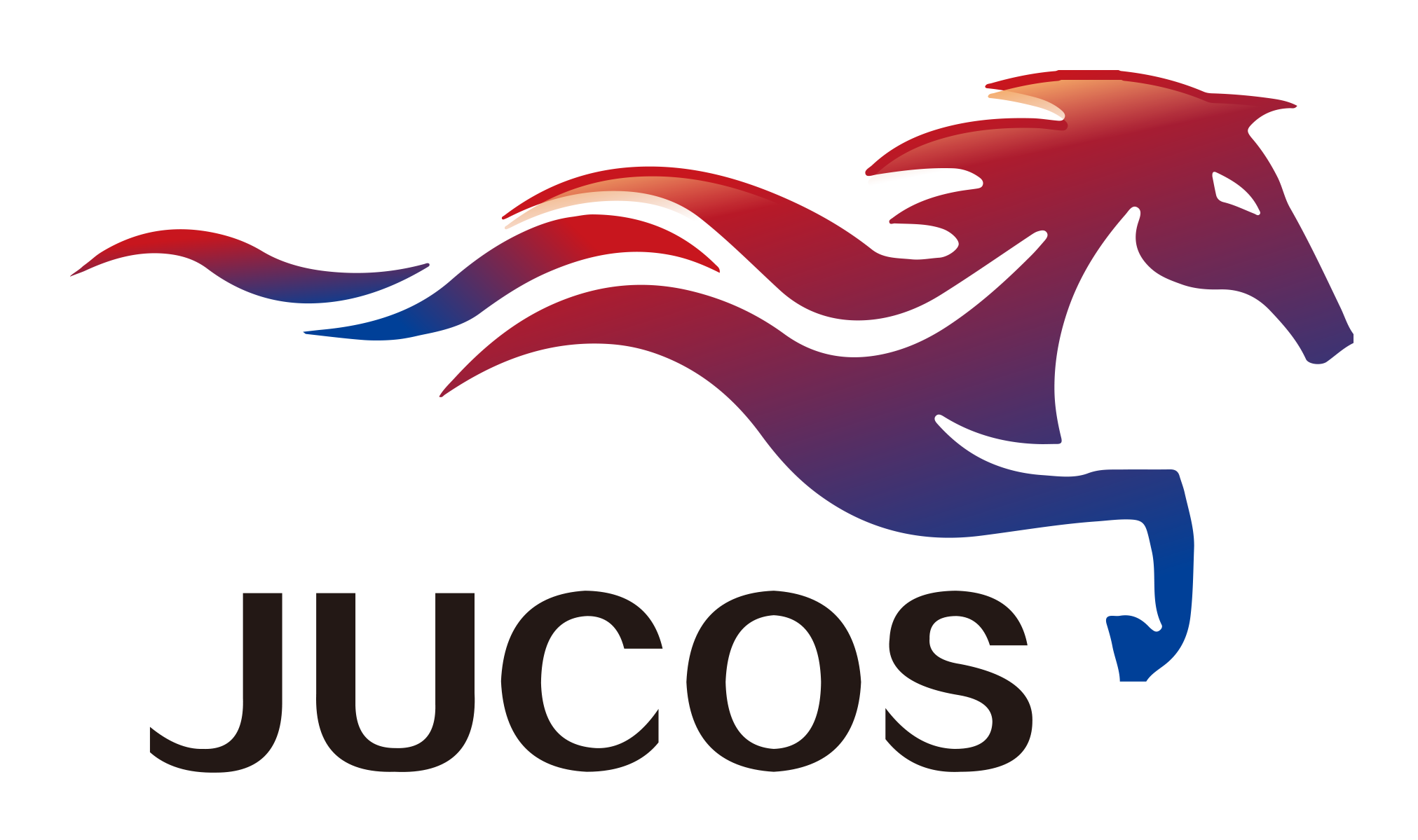A brief analysis of how to control the etching time in the etching process
In the chemical etching process method, the parts or parts that have been coated with a graphic anti-corrosion layer are placed in the corrosive solution for corrosion, and the corrosion is continued until the metal thickness reaches the requirements or the graphic depth reaches the requirements. In the whole etching process, there are three variable factors, namely: etching depth, etching speed and etching time. A brief summary of the relationship between the three is as follows:
v=h/t
In the formula: v is the etching speed of the metal (mm/min), and the chemical etching speed referred to here refers to the single-sided etching speed; h is the etching depth (mm); t is the etching time (min).
This formula is the basic formula for calculating the etching probe and etching rate. For the overall corrosion or molding chemical etching process and the chemical etching of the hollow pattern, the chemical etching is often performed on both sides at the same time, and the double-sided chemical etching speed is 1 times faster than the chemical etching rate on only one surface.
Under certain conditions of metal materials, there are many factors that affect the etching rate, the most important of which are the type, concentration and corrosion temperature of the etchant. If the etchant concentration and etching conditions are constant, the characteristics of the material and the heat treatment state also have a great influence on the etching rate.
Under normal circumstances, what is required is to formulate an etchant that will give the best etch rate and surface roughness under conditions that are consistent with the expected changes in material properties and heat treatment conditions.
For example, to formulate a etchant for stainless steel, it should be able to etch various types of stainless steel (regardless of their heat treatment status). And can etch the surface roughness that meets the process requirements at the fastest etching speed. For some special materials or chemical etching with special requirements, such as etching film, mask plate, slit sheet, no connection point etching, special etching solution can also be prepared to make it meet the requirements of etching processing as much as possible.
In order to determine the optimal chemical etching time, the chemical etching rate of the material should be predetermined for the parts to be etched before chemical etching, especially after adding additives to the etching solution. Usually, a small sample of the same material as the material to be etched (including material type, heat treatment state and thickness) is used to measure the etching rate. After the sample is thoroughly cleaned and its thickness is accurately determined, it is etched in the etching solution. The etching time is generally 10min. The longer the time, the more accurate the etching speed. The etching rate can be calculated by measuring the thickness after taking it out and cleaning it. For example: the thickness of a certain metal A before corrosion is 2.18mm, after both sides are corroded for 10min at the same time, the remaining thickness is 1.53mm, then the etching speed is:
v=(2.18-1.53)/(2×10)== 0.65/20=0.0325(mm)
The time t required to etch the metal is obtained by the following formula:
t=h/v
Assuming that the etching depth of a metal is 2.53mm, the etching time used is:
t=2.53/0-0325 =77.8(min), take 78min
In actual operation, the operator should not let the parts corrode in the corrosive solution for 78 minutes before taking them out. They should take out the parts and measure the etched depth after 60 minutes or 70 minutes. When measuring, it should be noted that the oxide on the corroded surface should be removed before measurement, and then the parts should be placed in the etching solution according to the actual etching depth until the predetermined etching depth is reached. For corroded parts with high precision requirements, the measurement time can be increased several times. For chemical etching, in order to ensure the etching accuracy, this is a commonly used approach.
In the calculated etching time, whether the required amount of etching processing can be completed, in the entire etching process, it is mainly necessary to control two parameters to be guaranteed. ①Control of the concentration of corrosive liquid components: This can be satisfied by chemical analysis of the corrosive liquid and supplementing the consumed corrosive agent according to the analysis results. In order to prevent rapid changes in the composition of the corrosive agent, when preparing the corrosive liquid, the volume of the corrosive liquid should be made larger when the conditions permit (processing amount, cost tolerance of the corrosive liquid, size of the corrosion site, etc.), so that it will not affect the corrosion. When corrosion processing is performed on parts with a small amount, it is necessary to stop the analysis and supplement in the middle. ②Control of the temperature of the etching solution: The temperature has a certain influence on the etching speed. Within the limit etching speed range, when the temperature rises by about 12 °C, the etching speed will increase by about 1 times. For parts with precise size requirements, the required temperature Do not exceed ±2℃-±30C.
The etchant in the chemical etching solution is like a tool on the milling head. Therefore, for the special process of chemical etching, it is very important to strictly ensure that the various components in the etching solution are within the process control range, even if the daily processing quality is Consistent with the expected effect, it is still necessary to carry out periodic analysis of the composition of the corrosive solution. The effect of the addition of substances on the chemical etching rate and the effect of the etched surface cannot be ignored. Production shows that often adding a small amount of additives to the corrosive solution can make the corrosive process meet the specified technical requirements to obtain fast and good results. Therefore, when any additive substances are added to the etching solution, the etching rate should be re-measured.











